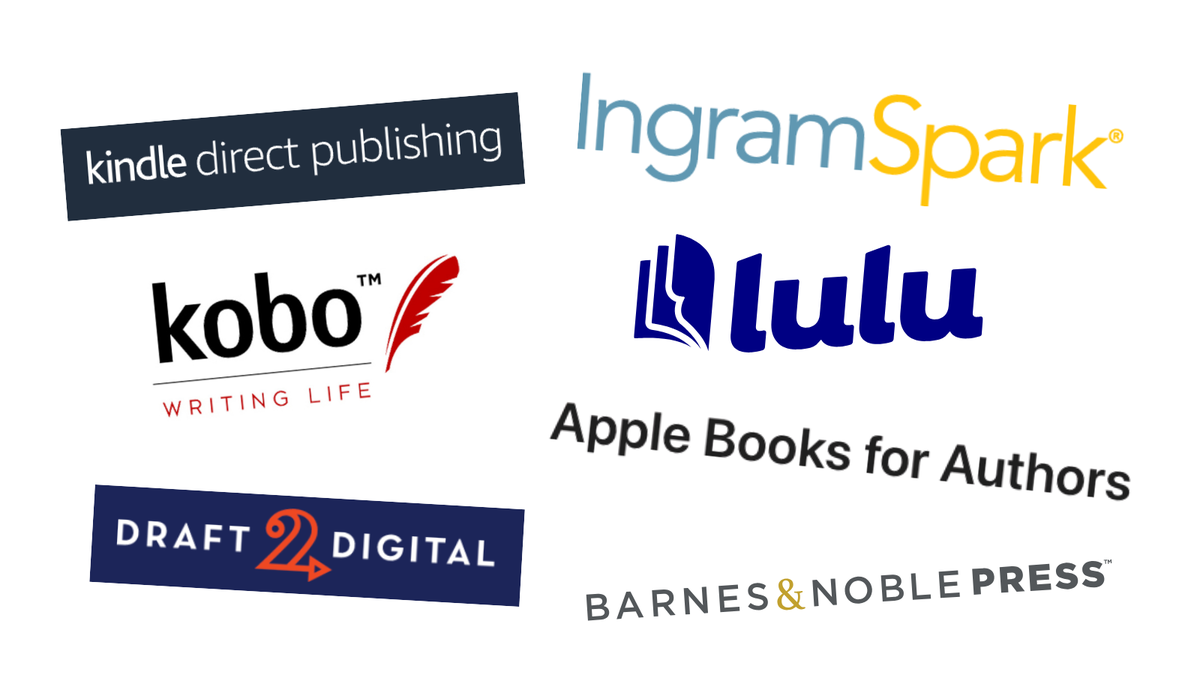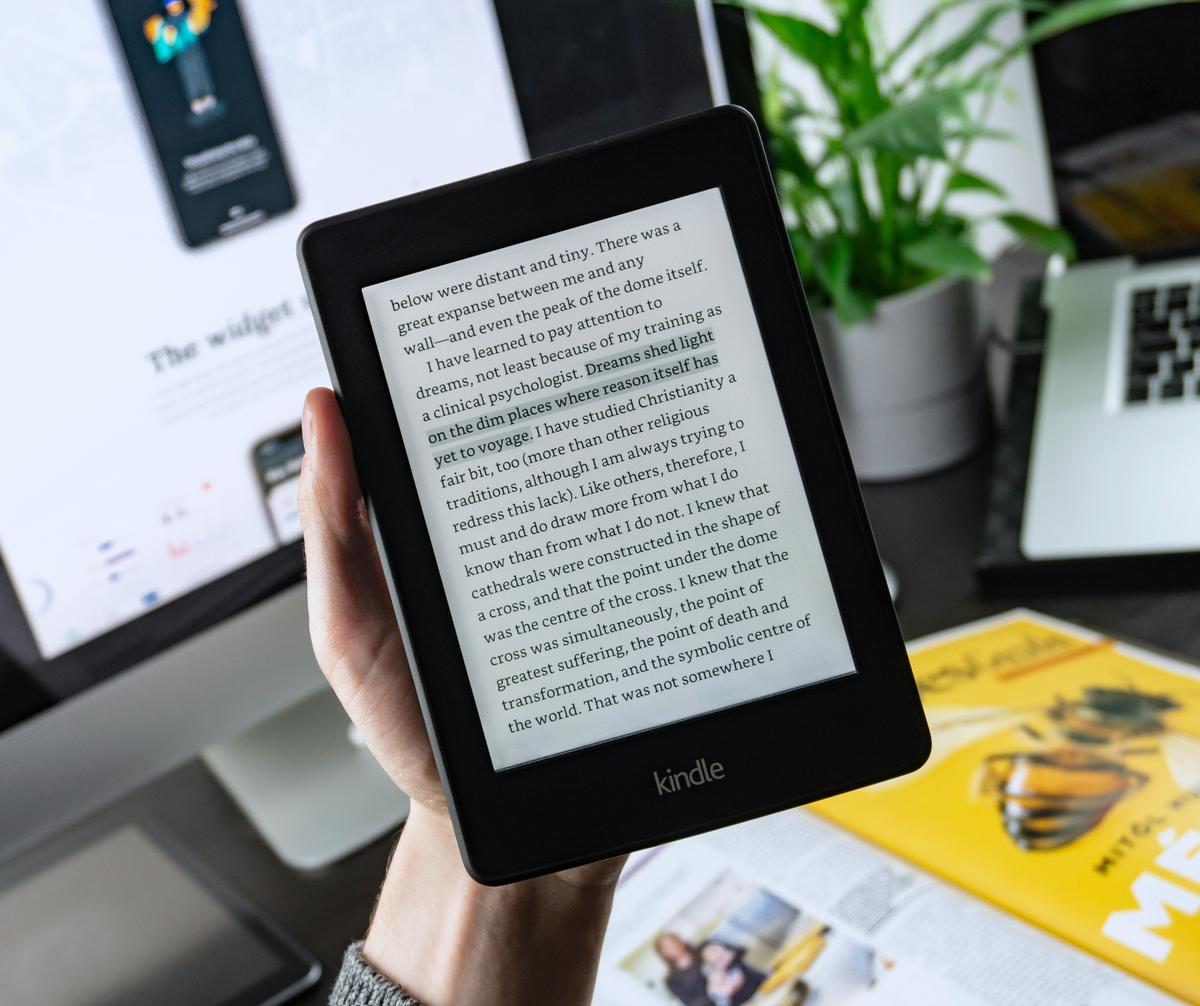
17th January, 2024
5 min read
Hardback vs. Paperback Books: Which Format Works Best for Self-publishers?
Written by:
Jane Rowland
Introduction
Readers are now spoilt for choice in the breadth and availability of books and the formats they can choose to read them in. Most titles are now available as both paperbacks and digital editions, with many also available as hardback and audio. Each format has benefits and drawbacks - but for self-publishing authors looking to publish printed titles what format is best: paperback or hardback? This blog delves into the key differences between hardcover and paperback, explores readers' preferences and offers insights into the most successful format for authors looking to self-publish.
Understanding Hardback and Paperback Books
Hardback Books
Hardback books, also known as ‘case bound’, are manufactured for durability, with sturdy covers made from cardboard wrapped with cloth, leather or paper. Modern hardbacks are things of beauty, often with additional features such as embossing, foil on their dust jackets and (in some genres) sprayed edges. More expensive than paperbacks, hardbacks were traditionally released (anywhere from 1 year to 3 months) before the paperback trade or ‘mass market’ editions. Hardbacks are associated with premium quality, making them ideal for collectors and for the current trend of showcasing beautiful books on social media. Traditionally, libraries favoured hardback books for their durability as well.
Paperback Books
From the 1930s onwards, mass-market paperbacks started to challenge the hardback format. As the name implies, these mass-market books were specifically created to be more portable and convenient, less durable and cheaper, to reach a wider readership. Thinner covers and bookwove papers now characterize paperback books, making them more cost-effective to produce, cheaper to buy and attractive to more readers as a result.
Readers' Preferences
Readers' preferences between hardback and paperback books hinge on various factors, such as cost, aesthetics, convenience and personal choice.
- Price: According to a survey conducted by BookNet Canada, 41% of respondents preferred paperback books due to their lower cost, while 31% favoured hardbacks despite the higher price, appreciating their durability and quality. Recent figures across the UK book trade have shown that the average selling price for a hardback book has significantly increased. In 2019, bestselling hardbacks were priced around £12.99, whereas in 2023 this is between £14.99 and £16.99. While at the higher end, some bestselling hardbacks have an RRP of £22 and above, especially for non-fiction.
- Portability and Convenience: In a Kantar survey, 74% of heavy readers preferred paperback books over hardcovers. The argument for the portability and convenience of reading paperbacks is challenged by the ease of buying and reading ebooks, with heavy readers reporting that 49% are also ebook readers in this same survey. Price remains the main factor in determining reader preference – although plenty of anecdotal comments around the paperback vs. hardback debate on sites such as Goodreads demonstrate that many readers do find hardbacks hard to handle, heavy and awkward to carry around.
- Collectibility and Aesthetics: Some readers cherish hardcover editions for their aesthetic appeal and durability. It is noteworthy that the new powerhouse genre of publishing, Fantasy and Sci-Fi, has led to a plethora of book subscription services that create special hardback editions, designed and printed especially for subscription boxes and gift subscriptions. These are works of beauty with sprayed edges, beautiful covers and a host of extras – appealing to younger readers on social media (BookTok and Instagram). An article in The Bookseller cites the trend of using beautiful books as decorative features: ‘Readers enjoy owning special editions not only for their exclusive designs but also as aesthetically pleasing additions to their living space.’ An interesting question for the future is… are these collectors’ issues going on to reinvent the hardback for a younger generation?
- Market Trends: In 2022 figures showed that nearly 80% of the books purchased by the 14-25 age group were printed books vs. digital books, Although this report does not split down the paperback to hardback ratios, it is an interesting side note to consider that a demographic influenced by social media and tech is still heavily invested in print books. The 2023 figures are not yet in, and it will be interesting to revisit to see what changes across paperback, hardback and digital are apparent when they are released in 2024.
In terms of what sells most in the UK market, Nielsen's 2022 book sales figures for the UK and Irish market see paperbacks being significantly more popular than hardbacks, taking 52% of the total market share (hardbacks taking 16%). In fiction and children’s books, the paperback is the leading format. Hardbacks start to hold their own in adult non-fiction publishing (biography and memoir in particular).
Self-Publishing Considerations: Which Format Works Best?
For self-publishing authors, choosing between hardcover and paperback formats involves careful consideration of various factors, including cost, target audience and marketing strategies.
- Cost: Paperbacks are generally more cost-effective to produce in smaller quantities, making them an attractive choice for independent authors. However, hardcover books might provide higher perceived value and higher margins for special editions if you can access those markets.
- Audience Preference: Understanding your target audience's preferences is crucial. What kind of book will they expect to see in this genre? Producing the right book for the right audience is more important than what your preferred format is
- Multi-format publishing and marketing: If you have the budget, multi-format can be a great way to produce a book to satisfy all of your reader preferences, and having different formats can form part of a strategic marketing plan. You can read more about Troubador authors who have taken a multi-format approach, and why they opted to do so here:
Summary
The choice between hardcover and paperback remains subjective, influenced by readers' preferences. Mainstream publishing still sees value in issuing hardbacks, albeit with shorter lead times, before the paperback edition is made available, as a way to garner extra sales and marketing opportunities. For indie authors, unless there is a solid business case, a paperback will likely be a more cost-effective route to publication when testing the marketing. The best advice is to understand your target audience when self-publishing to select the most effective format for your work.











